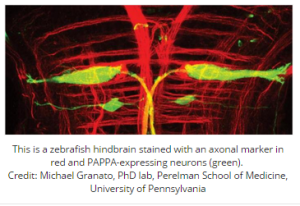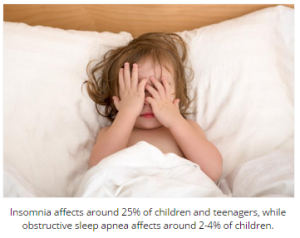 Implications for understanding underlying molecular genetics of human neuropsychiatric disorders, according to Penn study
Implications for understanding underlying molecular genetics of human neuropsychiatric disorders, according to Penn study
Researchers at the Perelman School of Medicine at the University of Pennsylvania describe the first set of genes important in learning in a zebrafish model in the journalNeuron this week. “Using an in-depth analysis of one of these genes, we have already revealed an important relevant signaling pathway,” says senior author Michael Granato, PhD, a professor of Cell and Developmental Biology. “The proteins in this pathway could provide new insights into the development of novel pharmacological targets.”Over the last 20 years, zebrafish have become great models for studying development and disease. Like humans, zebrafish are vertebrates and over 80 percent of human genes bearing disease descriptions are also present in zebrafish. As such, this animal model has become increasingly popular to study human diseases such as cardiovascular conditions or tumor formation.
Read the rest of the article at http://www.medicalnewstoday.com/releases/291338.php.
